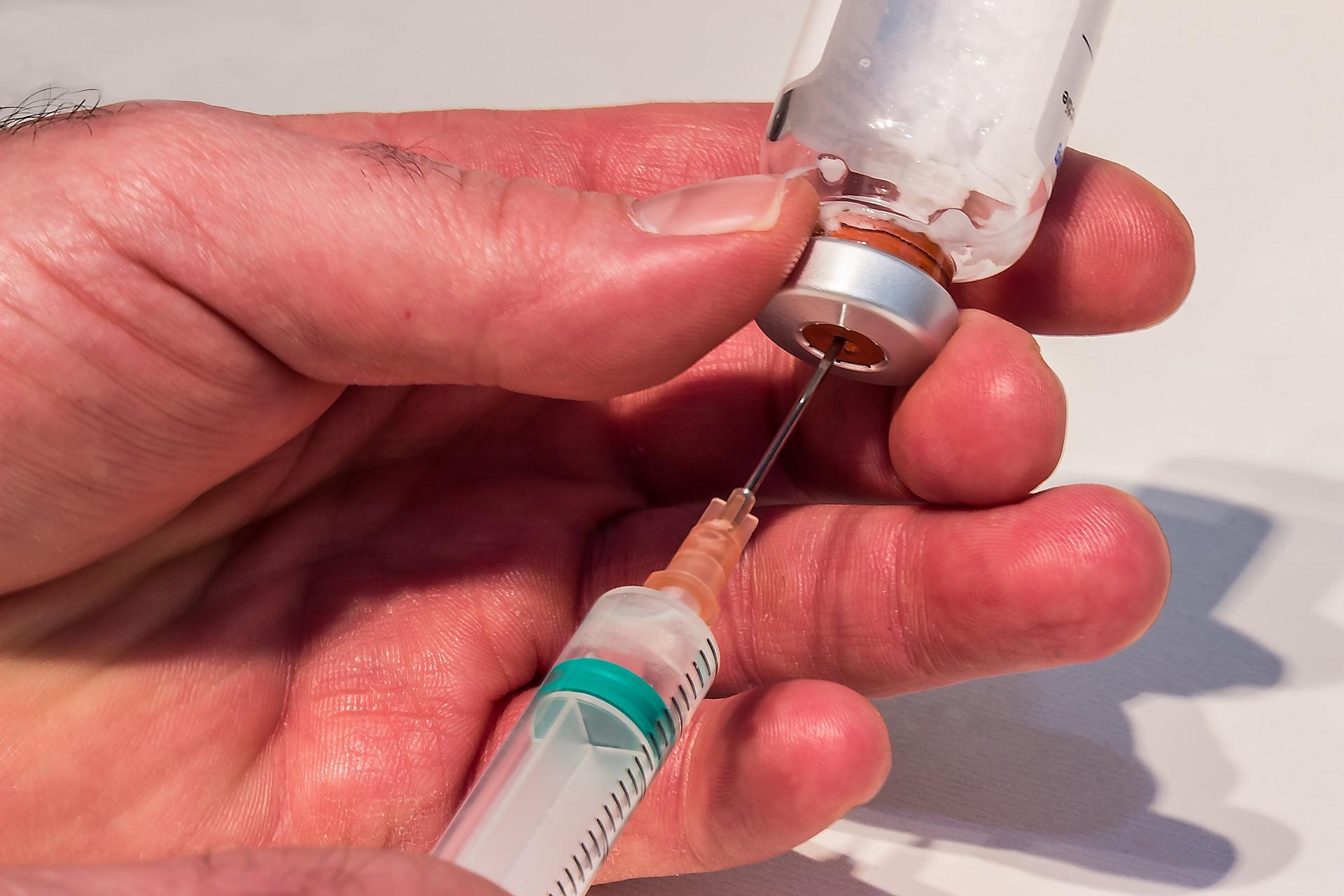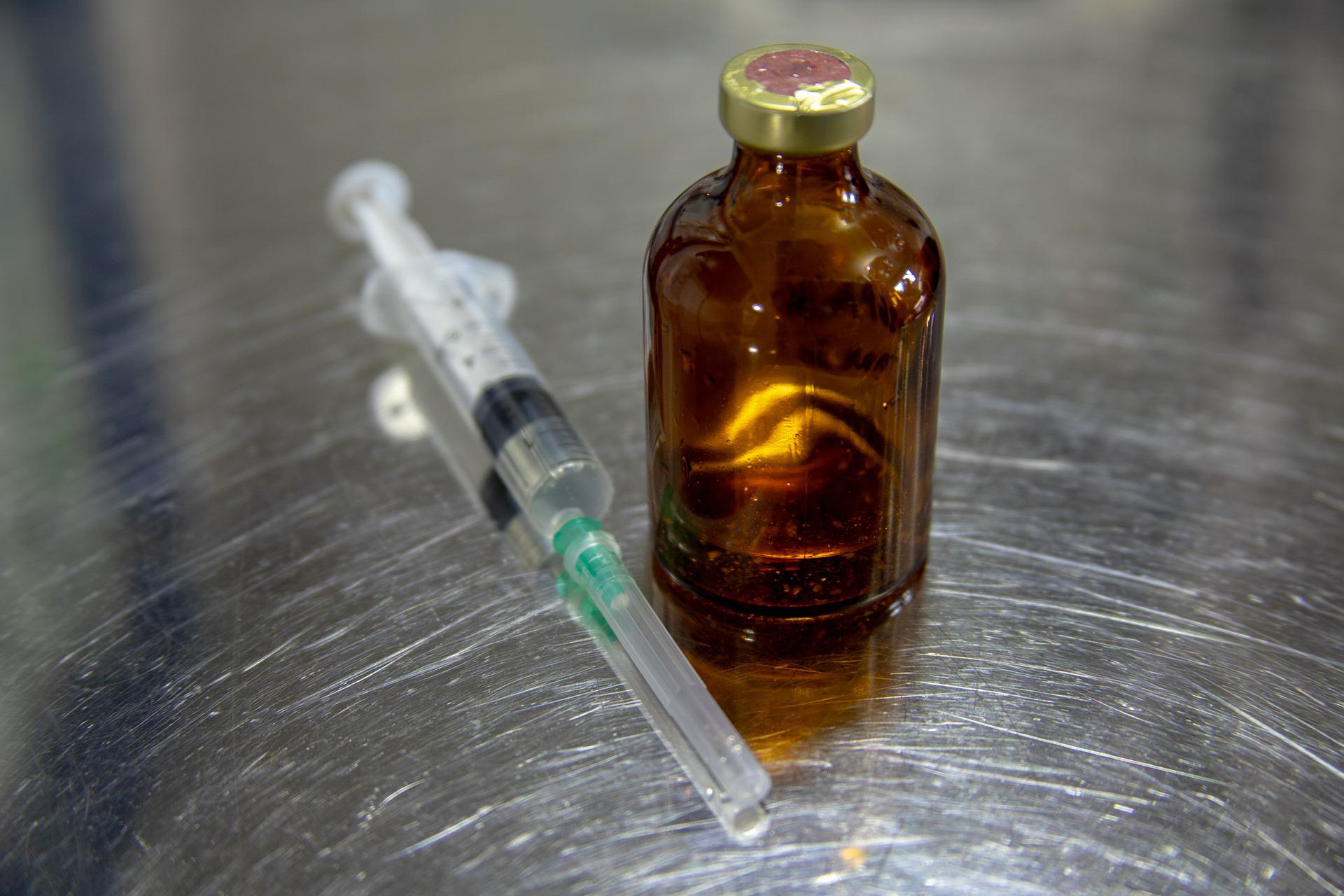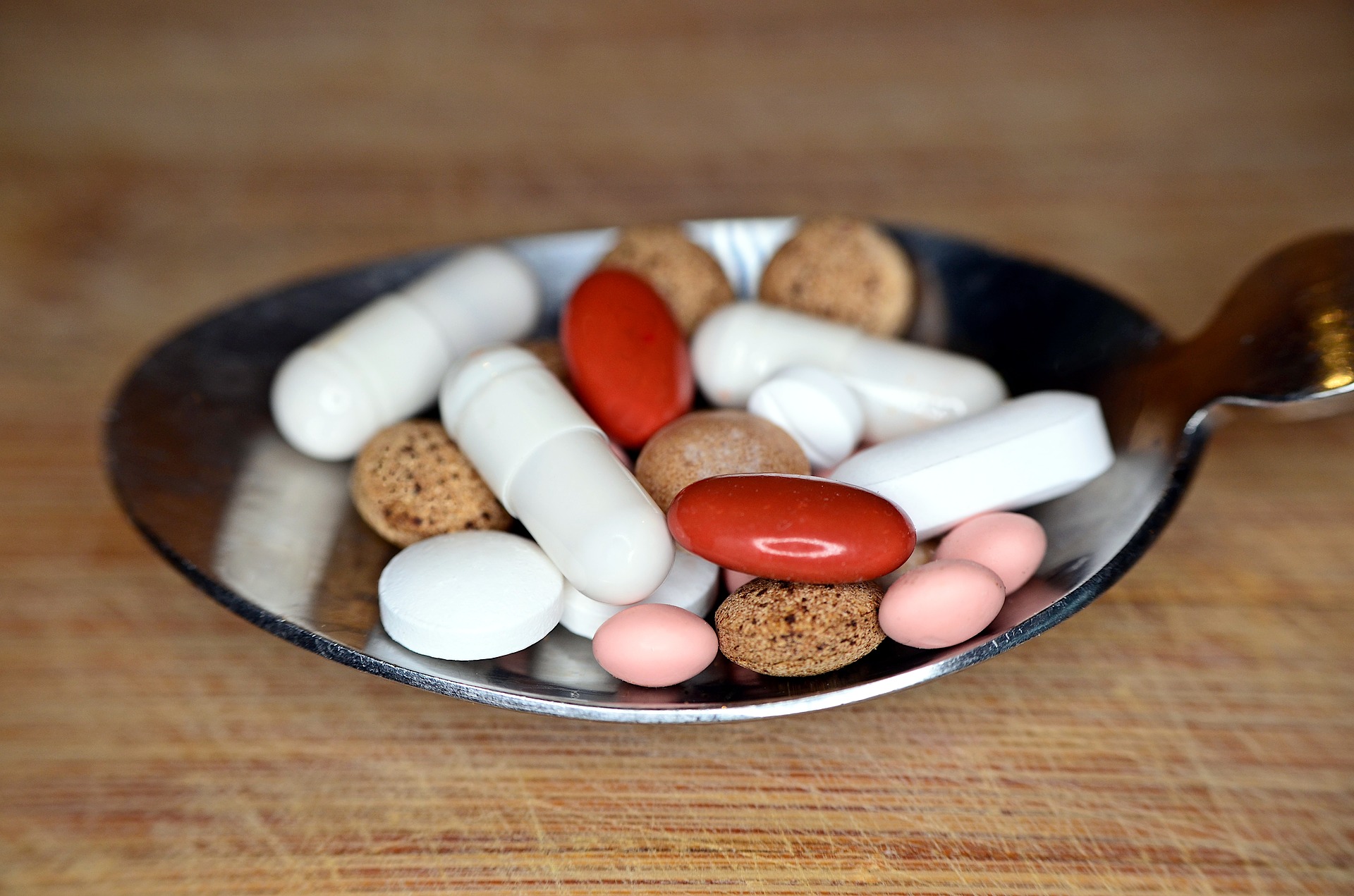The Antibiotic Era - How Antibiotics Changed The World
The antibiotic era- Antibiotics are medicines that kill bacteria or stop them from increasing. They do so by interfering with key bacterial functions. In this article, we'll take a look at the antibiotic era, from the discovery of the first antibiotics to the current situation, which is marked by the emergence of difficult-to-treat multidrug-resistant infections. As possible responses to the antibiotic resistance challenges, novel strategies in the search for new antimicrobials, the design of more effective preventive measures, and, most importantly, a better understanding of the ecology of antibiotics and antibiotic resistance are discussed.
Antibiotics are available in a variety of forms, including lotions and ointments, pills, liquids for children, and intravenous solutions. Each antibiotic targets a different type of bacterium, and they're used to treat both minor bacterial infections and life-threatening system-wide infections.
Antibiotics In The Pre-Antibiotic Era
Antimicrobials are one of the most potent forms of chemotherapy ever devised. It is unnecessary to quantify how many lives they have saved or how much they have contributed to the control of infectious diseases, which have been the leading cause of morbidity and mortality for most of human history. Research has shown that antibiotic exposure is not limited to the current antibiotic era, contrary to popular belief.
Human skeletal remains from 350–550 CE in ancient Sudanese Nubia, for example, have been found with tetracycline residues. Only when these ancient humans were exposed to tetracycline-containing items in their diet can the distribution of tetracycline in their bones be explained. Another case of ancient antibiotic exposure was discovered after histological examination of samples taken from the femoral midshaft of late Roman period skeletons from Egypt's Dakhleh Oasis. The presence of fluorochrome labeling in these samples indicates that tetracycline was present in the diet at the time. Theorized tetracycline intake in these populations may have had a protective effect because the rate of infectious disorders observed in the Sudanese Nubian community was low, and no evidence of bone infection was discovered in the Dakhleh Oasis samples.
Traditional or alternative medicine therapies, particularly in traditional Chinese medicine (TCM), could have provided another source of antimicrobial exposure in the pre-antibiotic era. The discovery of qinghaosu (artemisinin), a powerful anti-malarial medicine isolated in the 1970s from Artemisia herbs that had been used by Chinese herbalists for thousands of years as a treatment for a variety of ailments, is perhaps the most well-known example. Antimicrobial activity has been discovered in a variety of other TCM herbs, and the discovery of active components in these ancient treatments could help to expand the antimicrobial arsenal used in modern medicine. During TCM's lengthy history, selective pressures imposed by antimicrobial activity may have been one of the mechanisms contributing to the accumulation of antibiotic resistance genes in human populations.
The Foundation Of The Antibiotic Era
Paul Ehrlich and Alexander Fleming are widely credited with ushering in the current "antibiotic era." Ehrlich's idea for a "magic bullet" that selectively targets disease-causing bacteria rather than the host was based on the discovery that aniline and other synthetic dyes, which had only recently become available, could stain some microbes but not others. According to Ehrlich, chemical substances that "can exercise their full impact only on the parasite contained within the body" could be developed.
He began a large-scale, systematic screening operation in 1904 in order to find a medicine to treat syphilis, which was widespread and nearly incurable at the time. The spirochete Treponema pallidium was used to treat this sexually transmitted disease, but the treatment had significant side effects and was ineffective. Along with chemist Alfred Bertheim and bacteriologist Sahachiro Hata, they tested hundreds of organoarsenic variants of the extremely lethal drug Atoxyl on syphilis-infected rabbits in his laboratory. Compound 606, the sixth in the 600th series of compounds studied, was discovered in 1909 and showed promise in human trials after healing syphilis-infected rabbits.
Despite the time-consuming injection technique and negative side effects, Hoechst's Salvarsan was a huge success and, along with a more soluble and less toxic Neosalvarsan, was the most commonly prescribed antibiotic until penicillin replaced it in the 1940s. Surprisingly, no one knows how this century-old medicine works, and the molecular structure debate was only recently resolved.
Many of us are probably familiar with the coincidental event on September 3, 1928 that led to Fleming's discovery of penicillin in 1929. Despite the fact that mold's antibacterial properties had been known since ancient times, and researchers before him had occasionally made similar observations about Penicillium's antimicrobial activity, it was his tenacity and belief in the concept that made the difference. A. Fleming spent the next 12 years trying to persuade chemists to work on resolving the active substance's purity and stability concerns, and he freely distributed the Penicillium strain to anyone who asked. In 1940, he gave up the concept, but luckily, the same year, an Oxford team led by Howard Florey and Ernest Chain released a paper explaining the purification of penicillin proportions suitable for clinical testing. As a result of their methodology, penicillin was mass produced and distributed in 1945. Many researchers in academia and industry adopted Fleming's screening method, which used inhibitory zones in lawns of pathogenic bacteria on the surface of agar-medium plates, because it required far fewer resources than animal disease models. Fleming was also one of the first to warn about the risk of penicillin resistance if it was taken too infrequently or for too long during treatment.
Salvarsan, Prontosil, and penicillin, the first three antimicrobials discovered, were revolutionary because they laid the groundwork for future drug development research. Other researchers followed in their footsteps, and several new antibiotics emerged, some of which made it to the patients' bedside.
The Antibiotic Resistance
Bacteria could degrade penicillin via enzymatic breakdown even before it was widely used, according to some observations. However, the prevailing mood was upbeat. According to one of the earlier studies of possible resistance emergence under laboratory conditions, "Syphilis has now been treated with arsenicals for about 40 years with no indication of an increased incidence of arsenic-resistant infections," and "this work gives grounds for hoping that widespread use of penicillin will not similarly result in an increased incidence of infections resistant to penicillin." Surprisingly, T. pallidium still has resistance to semi-synthetic penicillins, cephalosporins, and newer carbapenems, but not for many other dangerous bacteria, such as the Enterobacteriaceae.
Recent antimicrobial and resistance research suggests that the traditional bullet-target model cannot account for all bacteria-antibiotic interactions. A recent study on a novel antibiotic resistance mechanism employs the "kin selection" idea because this resistance mechanism occurs at the population/system level. A small number of antibiotic-resistant bacteria shield antibiotic-sensitive cells, ensuring the survival of the entire population under antibiotic attack.
The Resistance Problem Complexity
Antimicrobials, resistance, and chemotherapy are no longer limited to clinical microbiology as they once were. Thus, it is a complex problem that requires coordinated efforts from microbiologists, ecologists, health care specialists, educators, policymakers, legislative bodies, agricultural and pharmaceutical industry workers, and the general public. In fact, everyone should be concerned about this because, in the end, any of us may become infected with a pathogen that is resistant to antibiotic treatment at some point. Furthermore, behavioral patterns such as hygienic habits or antibiotic treatment regimen adherence may have consequences that are not limited to individual health issues but also contribute to the interaction with the resistomes around us on a larger scale.
Improvement Of Antimicrobials
This strategy of modifying existing antimicrobials was initiated (and successfully implemented) during the 1970s, when the rate of discovery of novel drug classes abruptly decreased, and the growing resistance problem forced researchers to look into possible modifications of the existing arsenal that could confer improved activity, reduced sensitivity to resistance mechanisms, and reduced toxicity.
What Are Novel Antimicrobials?
Antibiotic treatment options for hard-to-treat multidrug-resistant bacterial infections are limited, leading to high morbidity and mortality rates. Although there are some potential antibiotic alternatives, such as passive immunization or phage therapy, the standard approach relies on the discovery and development of newer, more effective antibiotics. The vast majority of antibiotic classes in use today were isolated from a small number of ecological niches and taxonomic groups during the golden era of antibiotic discovery, primarily soil Actinomyces. However, in the last 20 years, more research into this ecological niche, combined with newer technologies such as cell-free assays and high-throughput screening, has failed to yield any novel drug classes.
What Are The New Targets For Antimicrobials?
Even when heavily modified, the vast majority of today's antibiotics target the same cellular processes as their natural or synthetic forerunners. The components of the translational machinery, cell wall biosynthesis, DNA/RNA metabolism, and a few other cellular processes are among the targets. With such a large number of genomes sequenced, the concept of a magic bullet can be developed further, with essential targets defined much more precisely at the molecular level. This will require the availability of chemically diverse compound collections to screen for the target/drug combination. The comparison of metabolic pathways in commensal and pathogenic bacteria, as well as drugs targeting pathogenic traits, may aid in the identification of novel drug/target combinations in pathogens, and thus a novel antimicrobial therapy paradigm that targets virulence.
The Prevention Of Antibiotic Resistance
When a new antibiotic is introduced, resistance to it develops sooner or later. As a result of this scenario occurring several times, there is a never-ending race between the discovery and development of new antibiotics and the bacteria that will respond to the selection pressure by developing resistance mechanisms. So, how may antibiotics be preserved and their usefulness extended? Antibiotic resistance is caused by a variety of factors, and as previously stated, the problems require a multifaceted approach to solve.
Human antibiotic use appears to be a crucial consideration. It is not surprising that antibiotic resistance is inversely proportional to antibiotic use. Patients may request medicines when they don't require them, such as in the case of viral infections, which should be explained. Antibiotic resistance is linked to a lack of understanding. Compliance with the drug use regimen is also critical, which can be difficult in infections that require long-term antibiotic therapy, such as tuberculosis. Even if 100% compliance is achieved, empirical antibiotic prescriptions (which account for the vast majority of prescriptions) may contribute to the spread of antibiotic resistance.
People Also Ask
What Are The Major Historical Moments In Antibiotic History?
History of antibiotic development
1928: Alexander Fleming discovered the first antibiotic, penicillin. ...
1930s: The first commercially available antibacterial was Prontosil, a sulfonamide developed by the German biochemist Gerhard Domagk.
How Did Antibiotics Impact Society?
The discovery of penicillin changed the world of medicine enormously. With its development, infections that were previously severe and often fatal, like bacterial endocarditis, bacterial meningitis and pneumococcal pneumonia, could be easily treated.
Why Was The Discovery Of Antibiotics So Important?
In 1928, at St. Mary's Hospital, London, Alexander Fleming discovered penicillin. This discovery led to the introduction of antibiotics that greatly reduced the number of deaths from infection.
How Has Antibiotics Changed The Quality Of Life?
With the introduction of antibiotics, infectious diseases that previously got people killed or severely disabled, was now regarded as easily treatable. To give an example, the survival rate of bacterial pneumonia dramatically increased from 20% to 85% between 1937 and 1964.
Conclusions
On a global evolutionary and human history scale, the antibiotics era has had many difficult times, providing us with vital insights into many aspects of how the microbial world around us functions. Antibiotics are a valuable medical tool that aid in the treatment of a variety of infections that were previously fatal. Antibiotics work quickly, but how quickly depends on the type and condition being treated. Always follow your doctor's instructions and take your antibiotics for the full time period recommended. Antibiotic resistance can develop if you stop taking antibiotics too soon or take them incorrectly, making you more vulnerable to infections.


